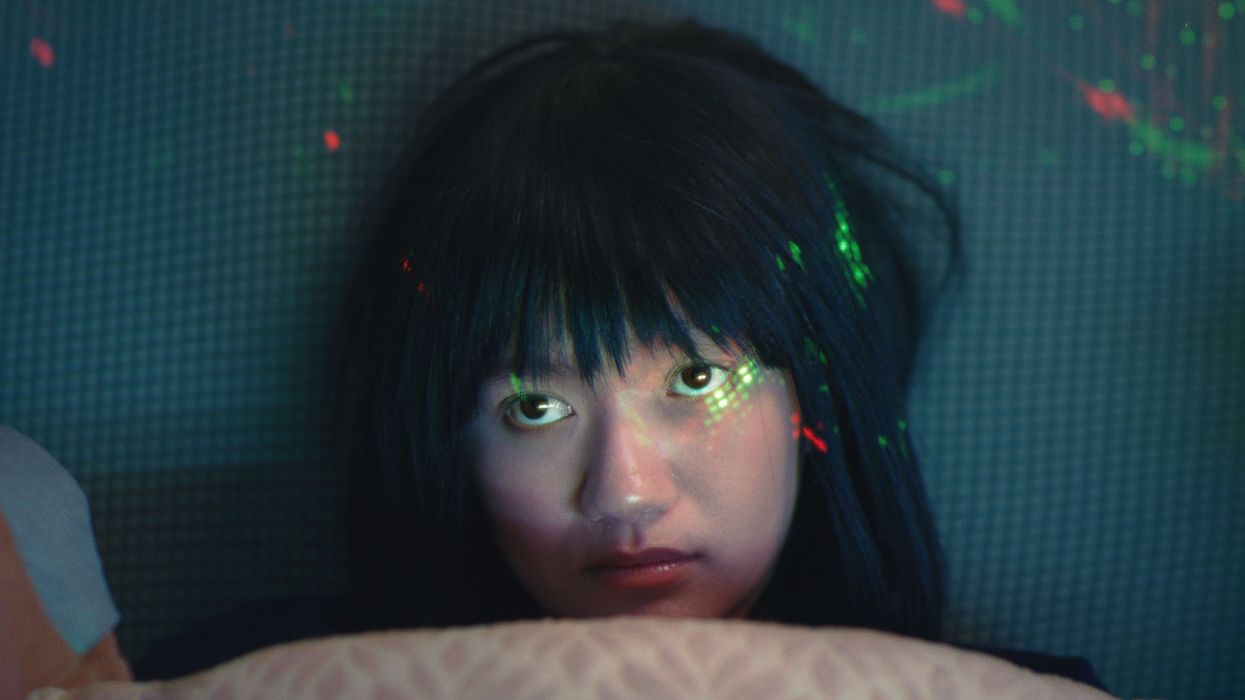This is Why Almost All Short Films Look the Same
Why do short films look like… well, short films?

As someone who has watched a lot of short films over the years, I have started to notice that many short films look the same. From the use of natural light to single locations to common, everyday costumes, short films have a distinct look that is almost unavoidable.
This is not a bad thing. Let me explain.
For one, short films are not feature films. This means that there is less time and less of a budget to work with when creating the look of a short.
However, creating a low-budget short film doesn’t mean that it can’t be great. Short films can allow filmmakers to showcase their talents, raise funding for future projects, and even launch the creative career of writers, directors, cinematographers, and more.
But short films often have a particular look to them that we hardly see in feature films. Why is that? Movie LUTs breaks down why most short films look the same in his video. Check it out below, then continue reading to see what we think is the most important takeaway for filmmakers like you.
Why Do Most Short Films Look the Same?
There are five factors that define the look of any film: camera and lenses, costumes, set design, lighting, and color grading.
While cameras can add a level of professionalism to the look of a film, each story will require a camera that lends itself to the look and feel of the story that the director is looking for. However, the quality of the camera becomes less critical as the budgets increase since the upgrades start to become irrelevant as you get to a certain level of filmmaking.
However, costumes, set design, lighting, and color grading can add a lot to the visual story of the film.
Costumes can be a significant factor in short films, but it undoubtedly depends on the story that you are telling. Costume design grounds the characters in a specific reality. If your story is set in a specific period of time, then you will need costumes that convey that time. Typically, modern short films will dress the cast in everyday clothing that is accessible to the cast. It is easier to source and inexpensive.
The next key element to a short film’s distinct visual style is set design. With limited budgets and resources, short films rely on accessible locations and minimal sets. While feature films can construct their locations to immerse the audience into the world of the characters, short films evoke a more intimate and personal atmosphere when the story unfolds in familiar, everyday environments. You can’t do a ton of worldbuilding in a short film, so let the singular, familiar location do some heavy lifting for the visual language of the film.
Lighting also adds another layer to the visual story in a short film. Most of the time, short films will lean toward a natural and neutral look by using natural light. Natural light is great for a multitude of reasons like the fact that it is budget-friendly and can easily be manipulated in a single location. There is a level of realism and immersion that is achieved with natural light.
Lastly, color grading should enhance the atmosphere established by the lighting and set design. Color grading should always be used to elevate the film’s visual style to make it more engaging. In most short films, the color grading seems absent since it has to adapt to the film’s natural lighting and color palette. There is a lack and depth that a more purposeful color grade could provide, but this color grading keeps the focus on the characters, their performance, and the craftsmanship of the screenplay.
How to Make Your Short Film Stand Out
If you want to make a visually interesting and memorable short film, then focus on these two things: experience and color grading.
Short films often look similar because of the lack of experience that comes with amateur filmmaking. These projects often have small budgets and less experienced crews working on them. While we have countless tips and tricks to help every level of filmmaker polish their skills, the final product relies on every department's ability to perform at a specific level.
The truth is that visual language doesn’t rely on one thing to stand out. The camera and lens choice, costumes, set design, lighting, and color grading work together to tell a visual story that builds on top of a solid screenplay.
The reason I suggest that you focus on color grading to make your short film stand out is that color grading will help make all the other visual choices shine. Color grading can help create contrast and depth to the image, and help make the color palette of your short more vibrant and impactful.
However, if your story is focused on story and character, then the visual story can be simplistic and natural. There is nothing wrong with not standing out visually if your story is the central focus of your short film.
With any project you take on, there will be choices that need to be made that heavily depend on multiple factors like budget, time, and experience.
The best thing that filmmakers, like you, can do is research and study all the different types of ways that you can stretch a dollar to achieve the specific look you want. Don’t spend all of your budget on a camera. Instead, delegate your funds properly to make a visually stunning film that supports the story.
Is there a short film that has visuals that stood out to you? Let us know that short film’s title in the comments below!
Source: Movie LUTs











